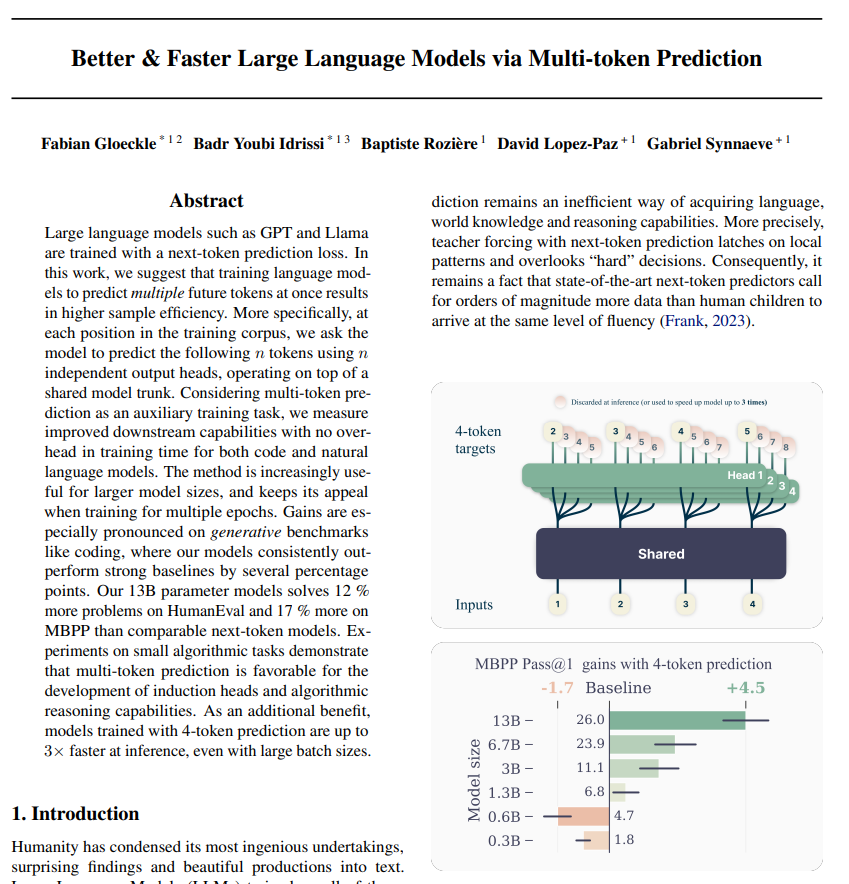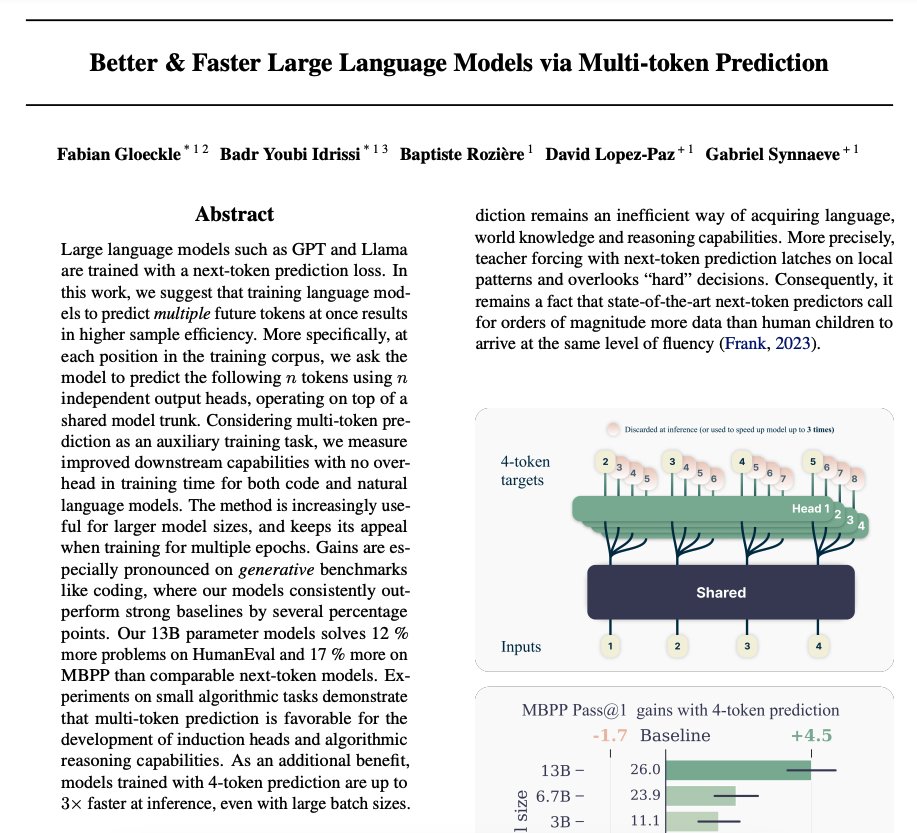
Badr Youbi Idrissi
@byoubii
ID: 3422816283
14-08-2015 20:47:49
34 Tweet
290 Followers
130 Following







Open science is how we continue to push technology forward and today at Meta FAIR we’re sharing eight new AI research artifacts including new models, datasets and code to inspire innovation in the community. More in the video from Joelle Pineau. This work is another important step


Meta Lingua: a minimal, fast LLM codebase for training and inference. By researchers, for researchers. Easily hackable, still reproducible. Built-in efficiency, profiling (cpu, gpu and mem) and interpretability (automatic activation and gradient statistics) Joint work w/ Badr Youbi Idrissi





We present an Autoregressive U-Net that incorporates tokenization inside the model, pooling raw bytes into words then word-groups. AU-Net focuses most of its compute on building latent vectors that correspond to larger units of meaning. Joint work with Badr Youbi Idrissi 1/8









